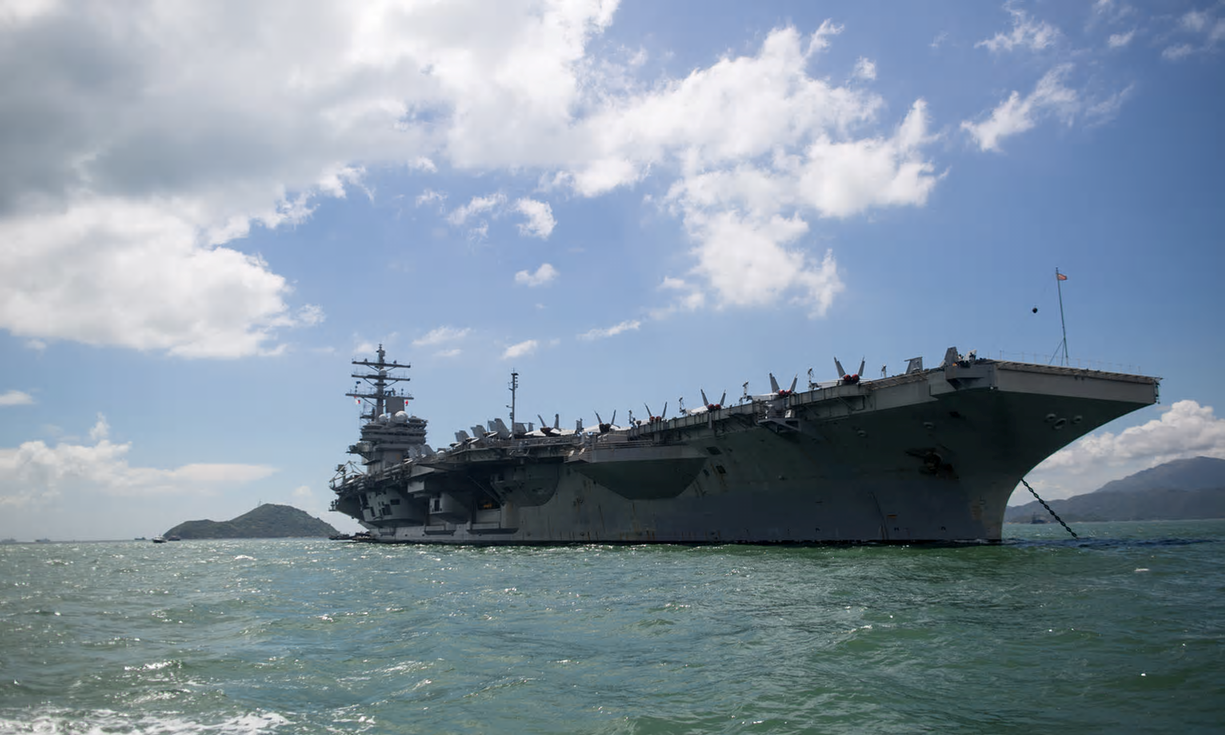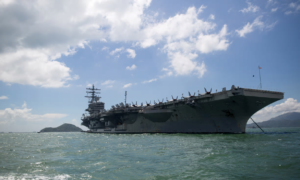

Amid recent hype about “freedom of navigation” in the South China Sea, the US, an outspoken opponent of China’s “militarisation” has been flexing its own military muscle by sending naval vessels and aircraft carriers to the region. Four questions need to be answered to clarify the real situation.
First, what is freedom of navigation? According to international law, ships navigating in the territorial waters of countries other than their own must meet the “innocent passage” requirements of the United Nations Convention on the Law of the Sea (UNCLOS). That means not using force or threatening the use of force, and not engaging in military exercises or intelligence gathering. Although naval ships are not subject to UNCLOS provisions of innocent passage, they are required by many countries to obtain prior permission or provide advance notice to enter foreign territorial waters. Such is the provision of China’s Law on the Territorial Sea and the Contiguous Zone.
So, freedom of navigation is not an absolute freedom to sail at will. The US Freedom of Navigation Program should not be confused with freedom of navigation that is universally recognised under international law. The former is an excuse to throw America’s weight about wherever it wants. It is a distortion and a downright abuse of international law into the “freedom to run amok”.
Second, is there any problem with freedom of navigation in the South China Sea? The reality is that more than 100,000 merchant ships pass through these waters every year and none has ever run into any difficulty with freedom of navigation. Despite some disputes between China and some of its neighbours, maintaining stability in the South China Sea has been a matter of consensus for all the countries in this region. The overall situation has been stable, thanks to the joint efforts of all the regional partners.
